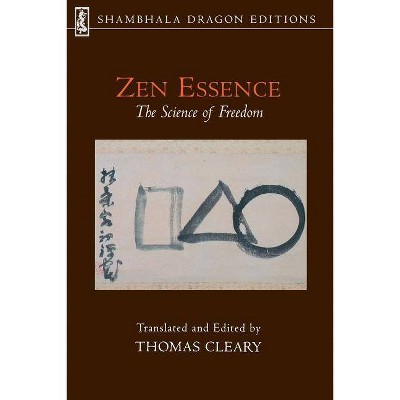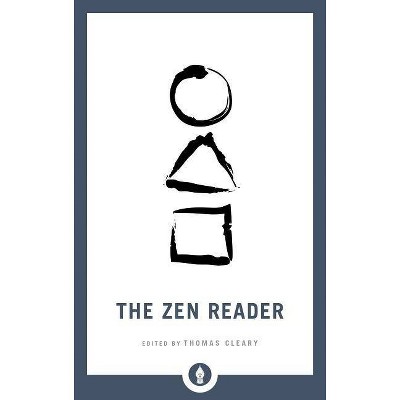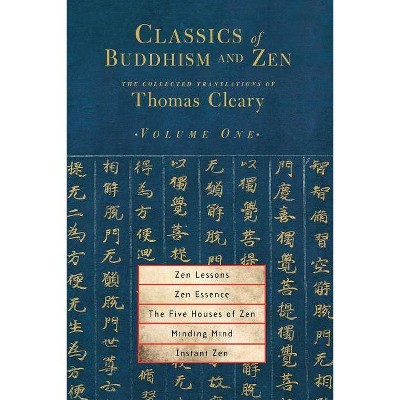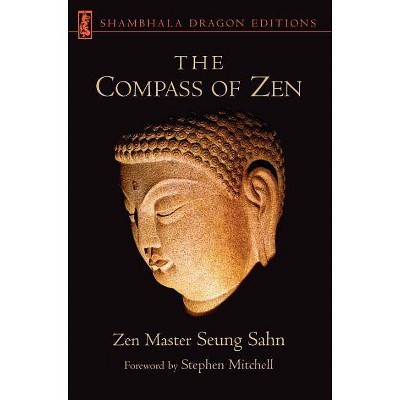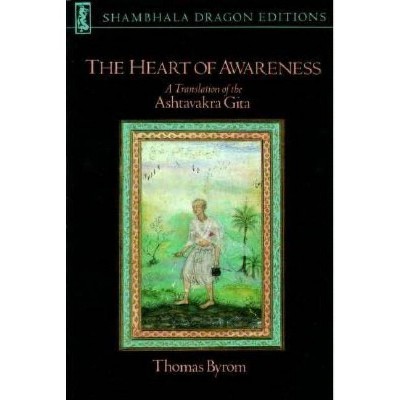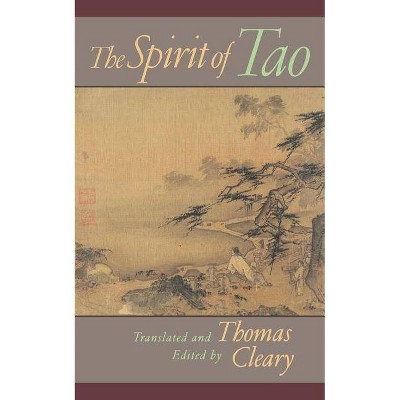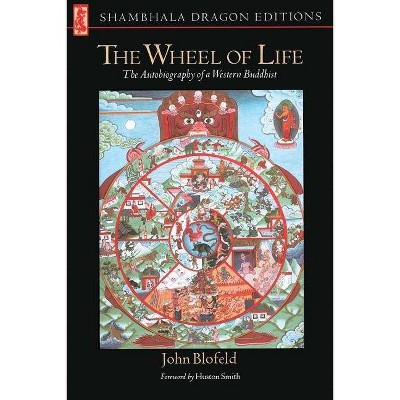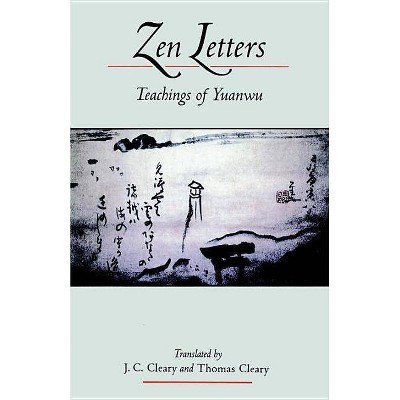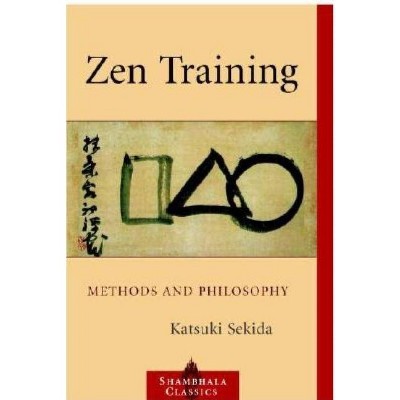Five Houses of Zen - (Shambhala Dragon Editions) by Thomas Cleary (Paperback)
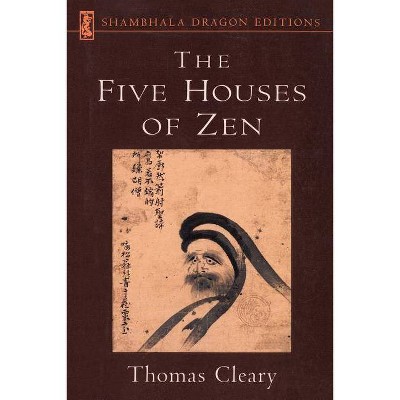
Similar Products
Products of same category from the store
AllProduct info
<p/><br></br><p><b> About the Book </b></p></br></br>For all its emphasis on the direct experience of insight without reliance on the products of the intellect, the Zen tradition has created a huge body of writings. Of this vast literature, the writings associated with the so-called Five Houses of Zen are widely considered to be preeminent. This collection presents writings from the Golden Age of Zen in China, written by some of the best known and most influential of the Zen masters.<p/><br></br><p><b> Book Synopsis </b></p></br></br>For all its emphasis on the direct experience on insight without reliance on the products of the intellect, the Zen tradition has created a huge body of writings. Of this cast literature, the writings associated with the so-called Five Houses of Zen are widely considered to be preeminent. These Five Houses--which arose in China during the ninth and tenth centuries, often referred to as the Golden Age of Zen--were not schools or sects but styles of Zen teaching represented by some of the most outstanding masters in Zen history. The writing of these great Zen teachers are presented here, many translated for the first time. These include: <p/> - The sayings of Pai-chang, famous for his Zen dictum A day without work, a day without food. <br> - Selections from Kuei-shan's collection of Zen admonitions, considered essential reading by numerous Buddhist teachers. <br> - Sun-chi's unique discussion of the inner meaning of the circular symbol in Zen teaching. <br> - Sayings of Huang-po from <i>The Essential Method of Transmission of Mind. </i> <br> - Excerpts from <i>The Record of Lin-chi </i>, a great classical text of Zen literature. <br> - Ts'ao-shan's presentation of the famous teaching device known as the Five Ranks. <br> - Selections of poetry from the <i>Cascade Collection </i> by Hsueh-tou, renowned for his poetic commentaries on the classic <i>Blue Cliff Record. </i> <br> - Yung-ming's teachings on how to balance the two basic aspects of meditation: concentration and insight.<p/><br></br><p><b> Review Quotes </b></p></br></br><br>One of the foremost contemporary translators of classical Buddhist and Taoist literature, Cleary has made another valuable body of work available to Western readers with this collection of writings and teachings of some of the great Zen masters of China from the ninth and tenth centuries. The five houses of Zen that arose at that time were not actually separate schools or branches but instead represented distinctive styles of teaching carried out by certain Chinese Zen masters and perpetuated by their students. Cleary's introduction provides useful historical information on the development of Zen in China during the T'ang Dynasty (619-906). His translations shine with clarity and express the insights of these great teachers with beauty and understanding.--Elizabeth Salt, <i>Library Journal. </i><br><p/><br></br><p><b> About the Author </b></p></br></br>Thomas Cleary holds a PhD in East Asian Languages and Civilizations from Harvard University and a JD from the University of California, Berkeley, Boalt Hall School of Law. He is the translator of over fifty volumes of Buddhist, Taoist, Confucian, and Islamic texts from Sanskrit, Chinese, Japanese, Pali, and Arabic.
Price History
Cheapest price in the interval: 18.29 on November 8, 2021
Most expensive price in the interval: 19.95 on October 27, 2021
Price Archive shows prices from various stores, lets you see history and find the cheapest. There is no actual sale on the website. For all support, inquiry and suggestion messagescommunication@pricearchive.us
